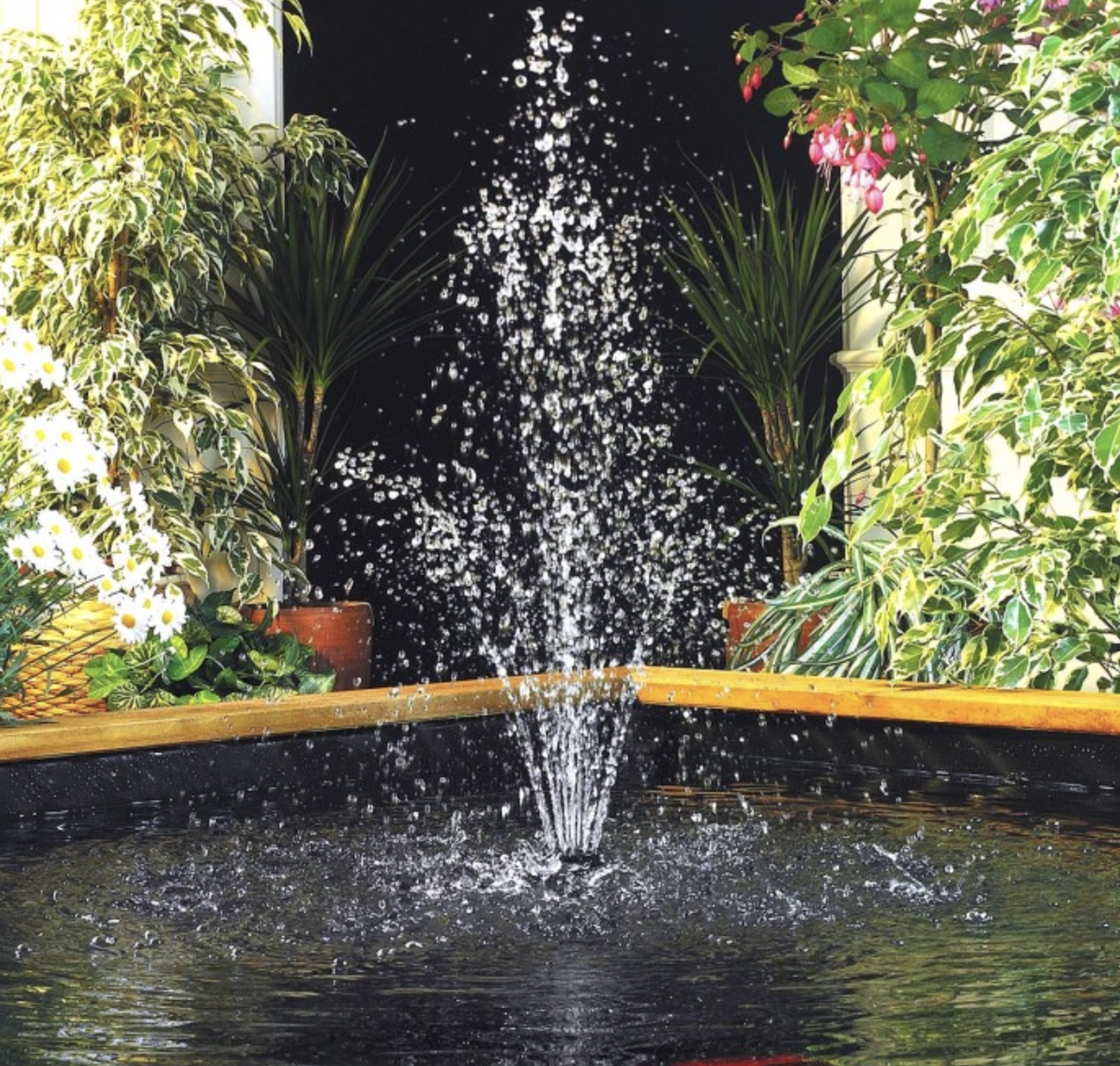How to get rid of pond algae – and stop it coming back
Pond covered in green scum? Not for much longer
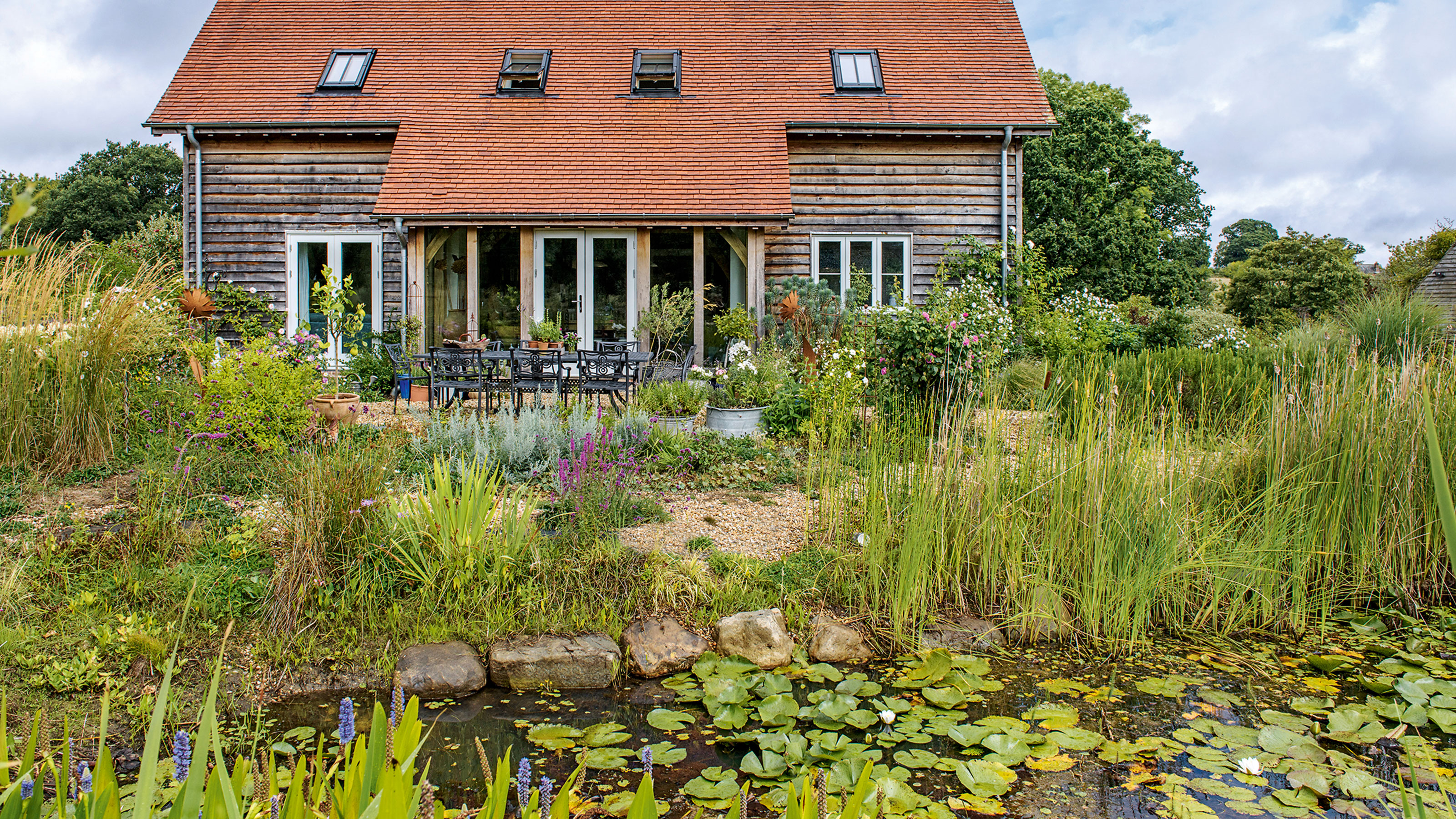

If you've recently stepped into your garden and been greeted by an unexpected green scum over your prized pond, then you're not alone. Hot weather has caused something of a burst of the plant, so you may be wondering how to get rid of pond algae – and even whether you should at all.
While a lot of garden water features stay clear thanks to running water, ponds are susceptible to algae appearing on their surfaces. But it's not all bad, algae can actually bring some benefits to your pond, although since it can also have its downsides, we've spoken to the experts to find out more about this green plant and what to do if you're hoping to eradicate it.
How do you remove algae?
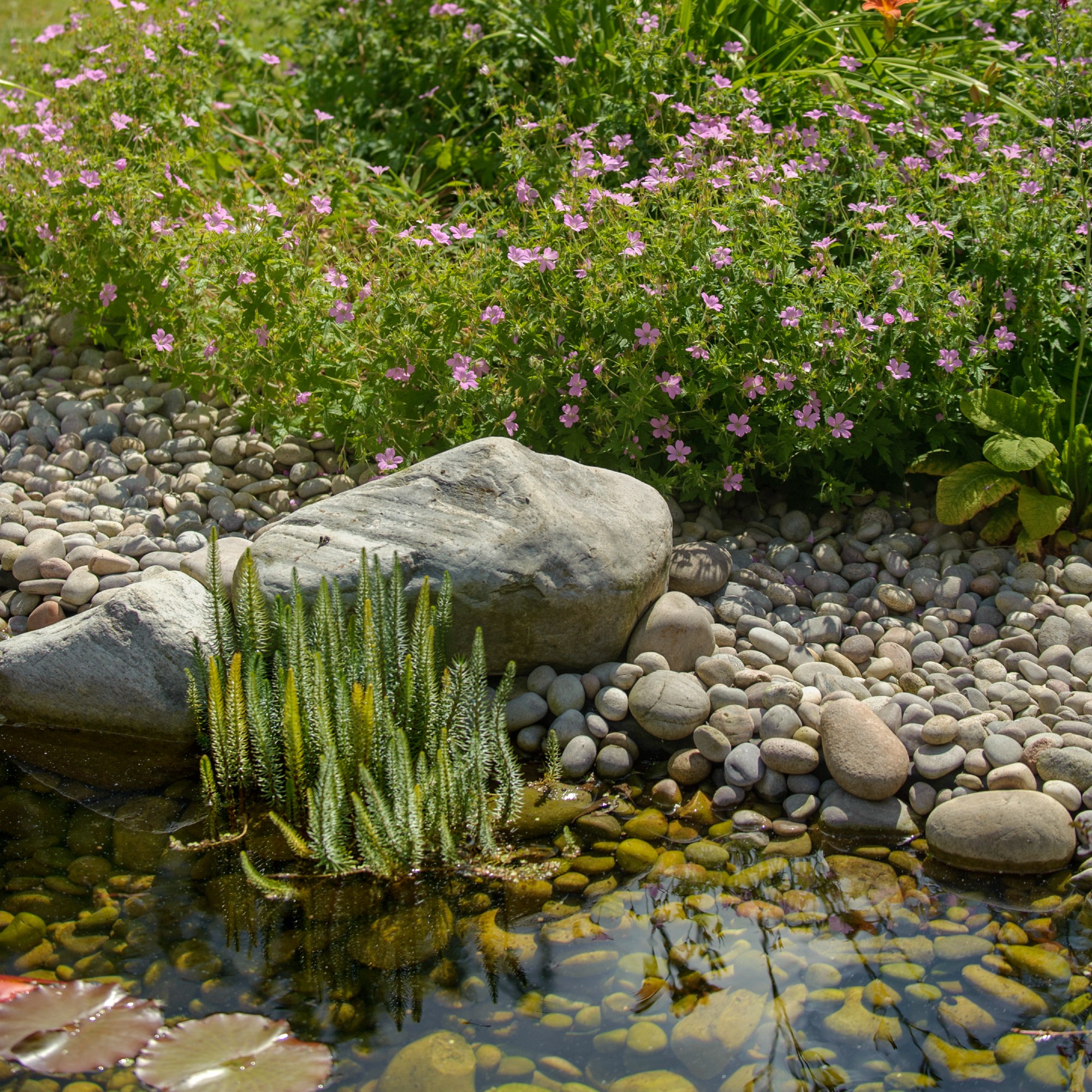
If you need to remove an intense growth of algae then your best best is getting your hands dirty, by using a net or a rake.
'I’s not ideal to have a pond that’s completely covered in algae,' explains gardening expert Fiona Jenkins from My Job Quote. ' Stagnant ponds with a build-up of duck poo can get quite smelly and won’t be particularly nice to have in your garden, even if they're fairly harmless.'
Once the physical removal is done you can go back and start working on preventative measures to stop the mass growth from appearing next summer.

Fiona Jenkins is a UK-based landscaper with over twenty five years of experience in the industry. As a gardening expert for MyJobQuote, one of the UK's top trades-matching sites, Fiona offers her expert advice to MyJobQuote's tradespeople and homeowners, and has also been featured as a gardening expert for a range of reputable publications.
How do you prevent alage?
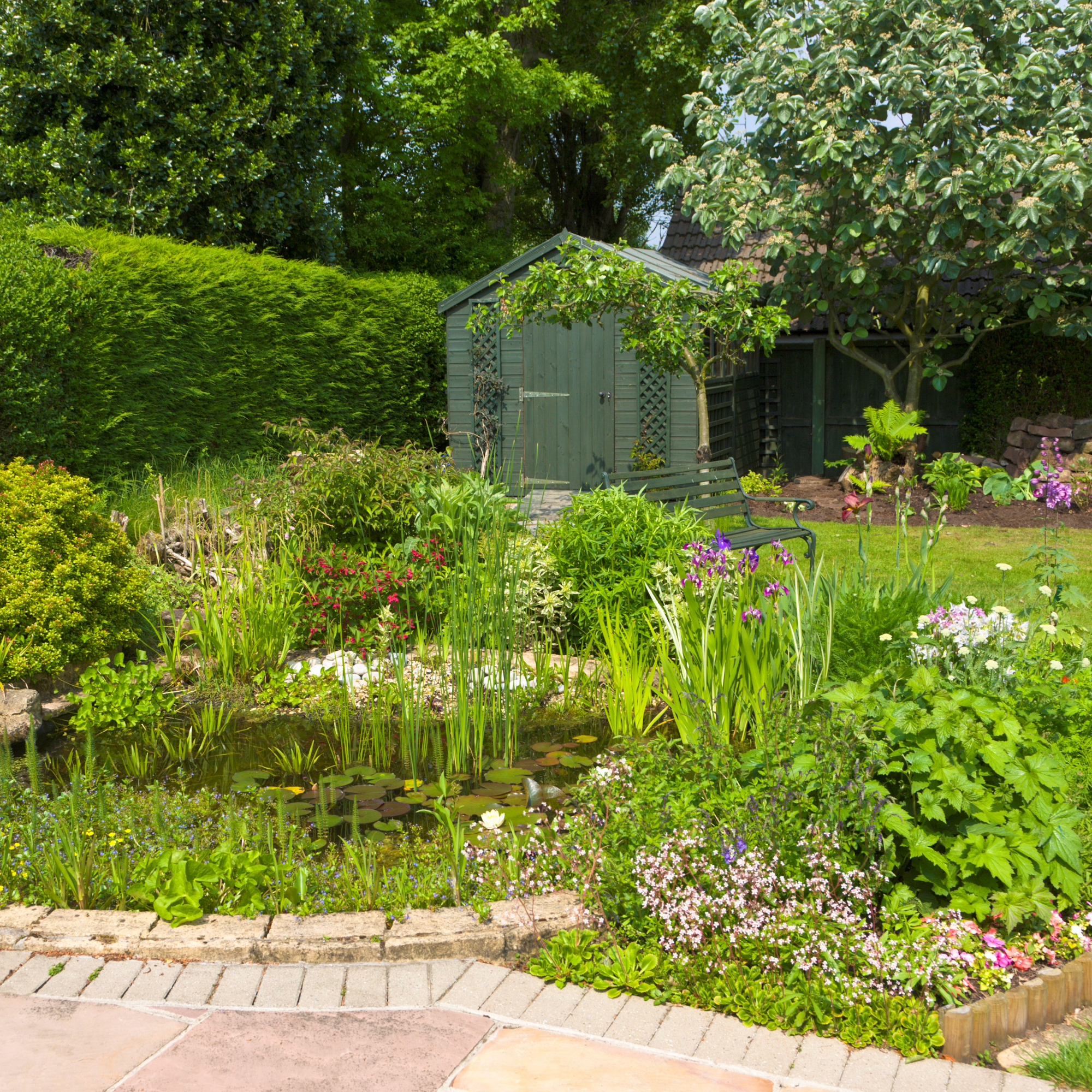
Luckily, if you're trying to stop algae from taking root, there are plenty of preventative measures you can look at. Garden expert Fiona explains the best methods.
'A good way to get rid of algae from a pond is to use an ultraviolet clarifier along with a filter,' she advises. 'This should stop the water turning green and will get rid of harmful bacteria. Adding a fountain is also a wise idea as the movement will help to aerate the water, limiting algae growth.'
Get the Ideal Home Newsletter
Sign up to our newsletter for style and decor inspiration, house makeovers, project advice and more.
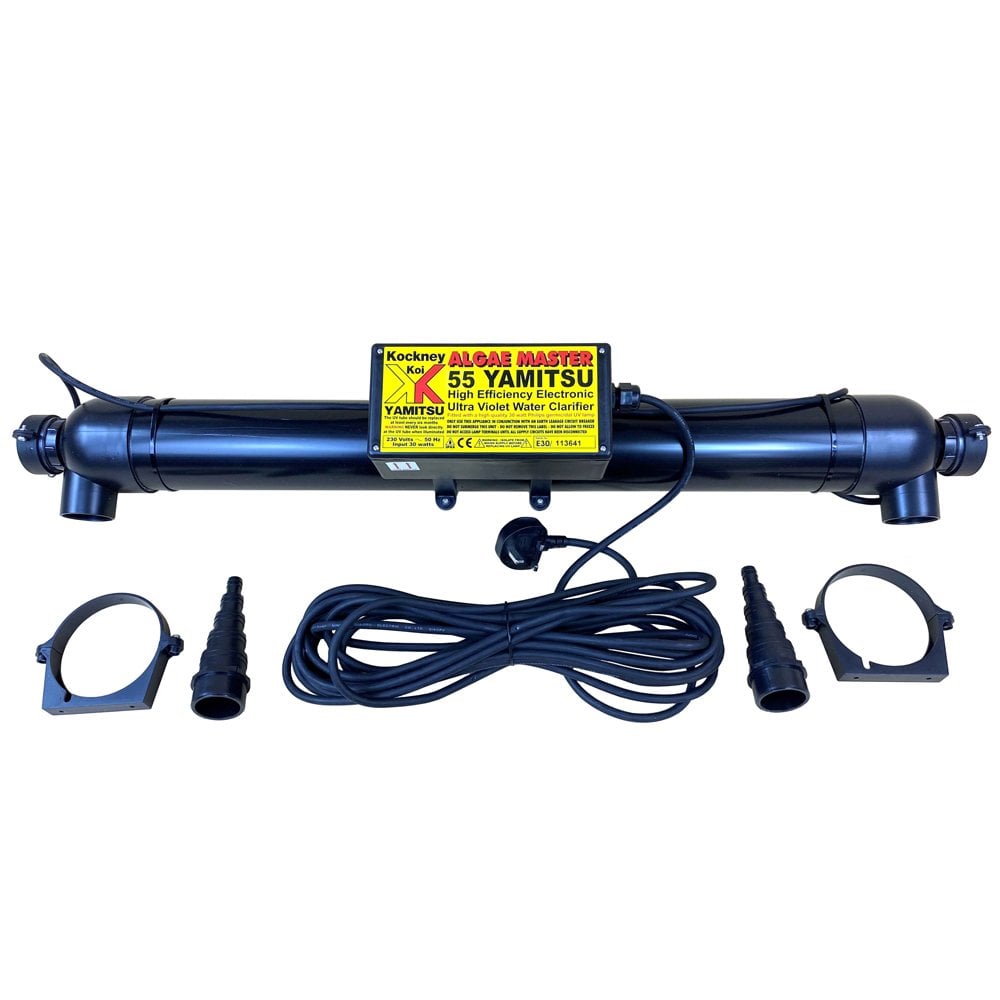
Adding a UV water steriliser along with your filter is the old standard in keeping your pond free of algae.
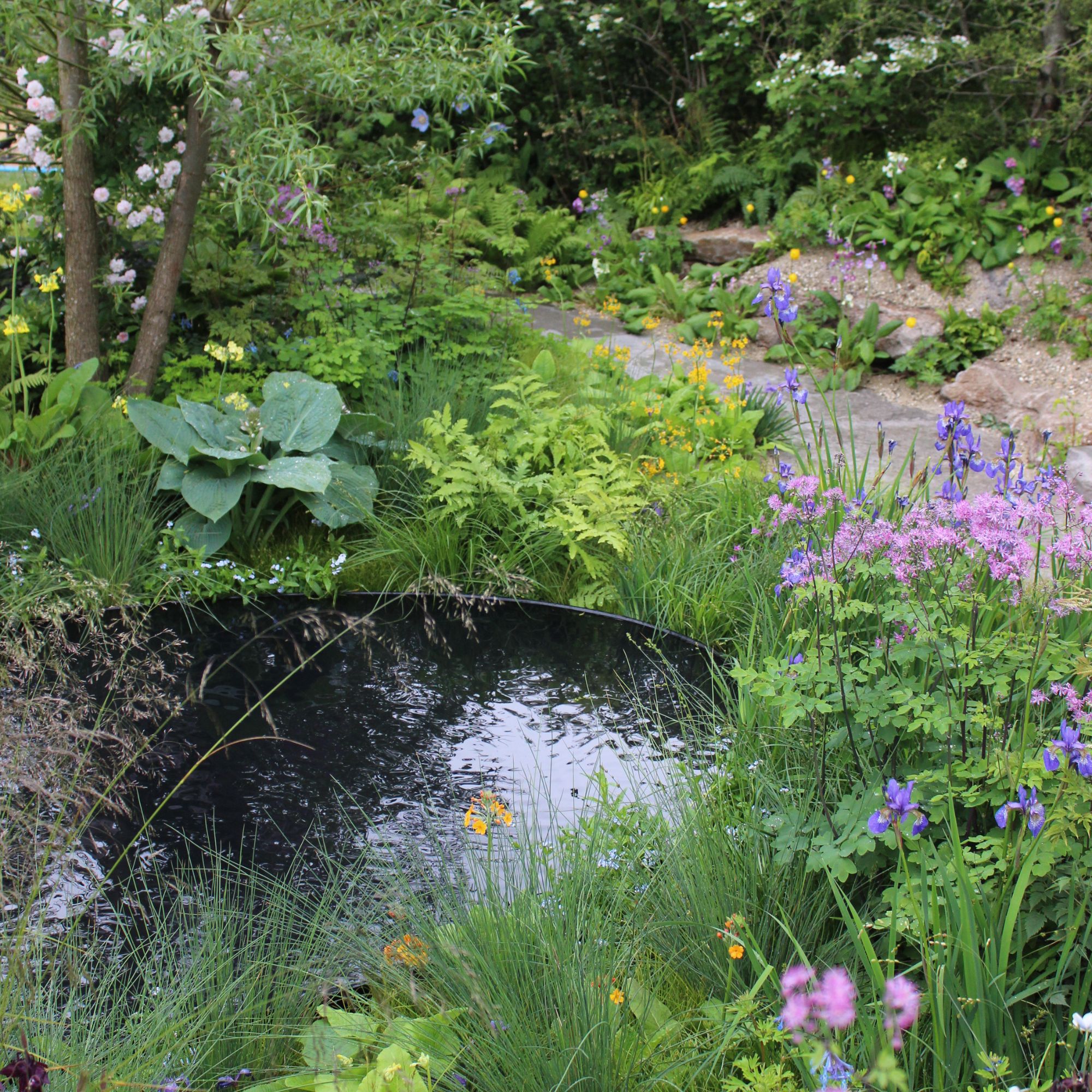
Planting is a natural course of action to keep algae from wreaking havoc. 'Ideally, you want a mix of plants above and in the water,' says Fiona. 'Covering some of your pond’s surface with vegetation will reduce the amount of sunlight hitting the water while submerged oxygenators will improve the water quality. Choose some floating plants like waterlilies and frogbit and some underwater plants like willow moss and water crowfoot to control algae growth.'
There's also the secret weapon of barley straw which is a natural and effective way to control algae. 'As soon as it’s placed in your pond and makes contact with the water, it breaks down and releases peroxides that chemically fight the algae,' explains Kevin Gess, gardening expert at Prestige Lawns. 'Barley straw is safe for fish in small quantities, but this is something to bear in mind if you do have fish in your pond.'
'However, adding barley straw is best done in spring, before the algae appears,' adds Fiona.
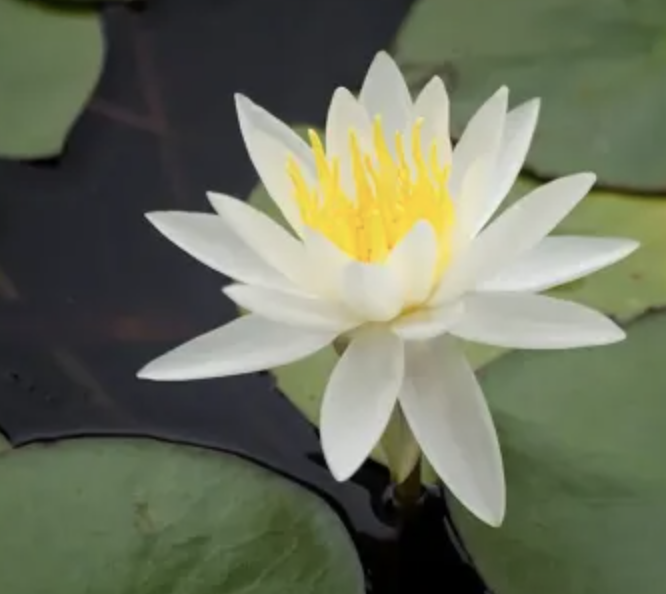
Water lily flowers and their pads will help control how much sunlight reaches the water, inhibiting algae growth.
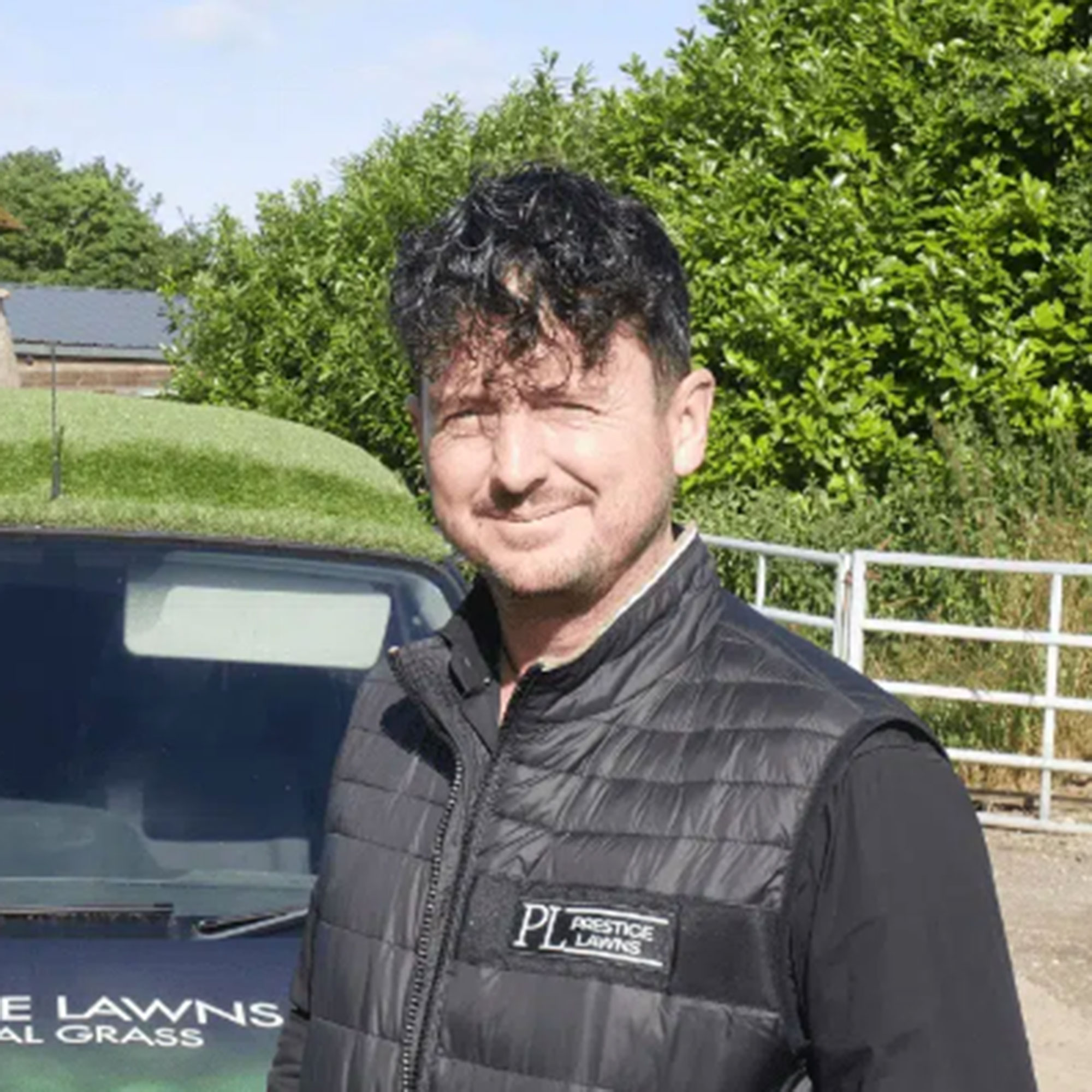
Kevin Gess is the Owner of Prestige Lawns. Founded in 2012, Kevin has extensive knowledge within the landscaping and gardening space and has landscaped many many gardens over the years.
Is algae normal in a pond?
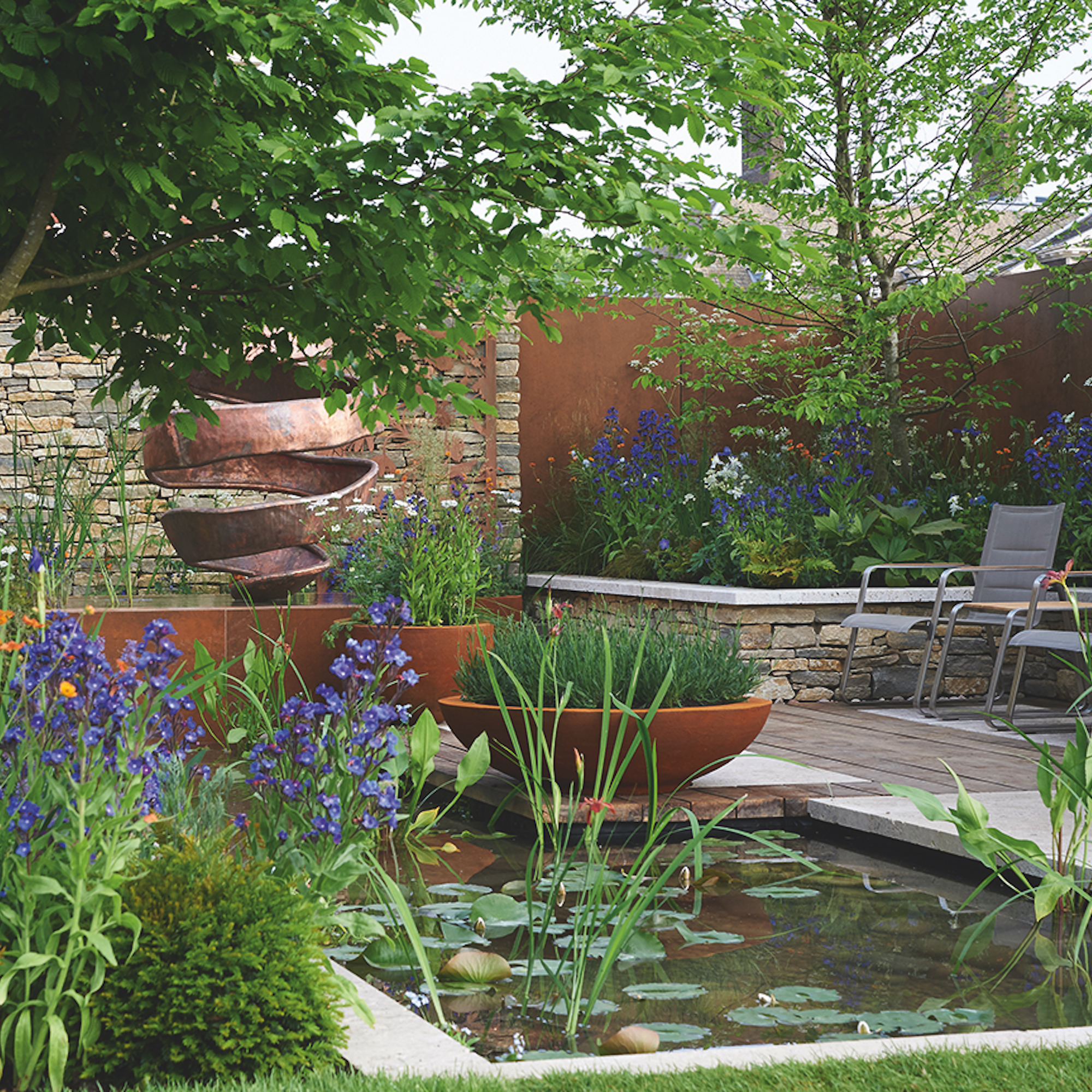
One question you may be asking yourself in all of this – is it normal to have algae in your pond, or should it be looking crystal clear? Well, never fear as a bit of the plant is to be expected.
'When people see algae in their garden ponds, it can be worrying and not always nice to look at - but if you do have algae growing in your pond it isn’t always a bad thing,' reassures Kevin. 'Algae is an aquatic plant and produces oxygen through photosynthesis and if your pond has plants or other aquatic organisms, it is essential.'
However, as essential as it is in small doses, it absolutely has some drawbacks and, in some cases, it can even be toxic to both humans and wildlife.
So let's break down in the pros and cons to algae on ponds in more detail, as well as what you can do if you want to get rid of pond algae, or keep it at bay.
The benefits of algae
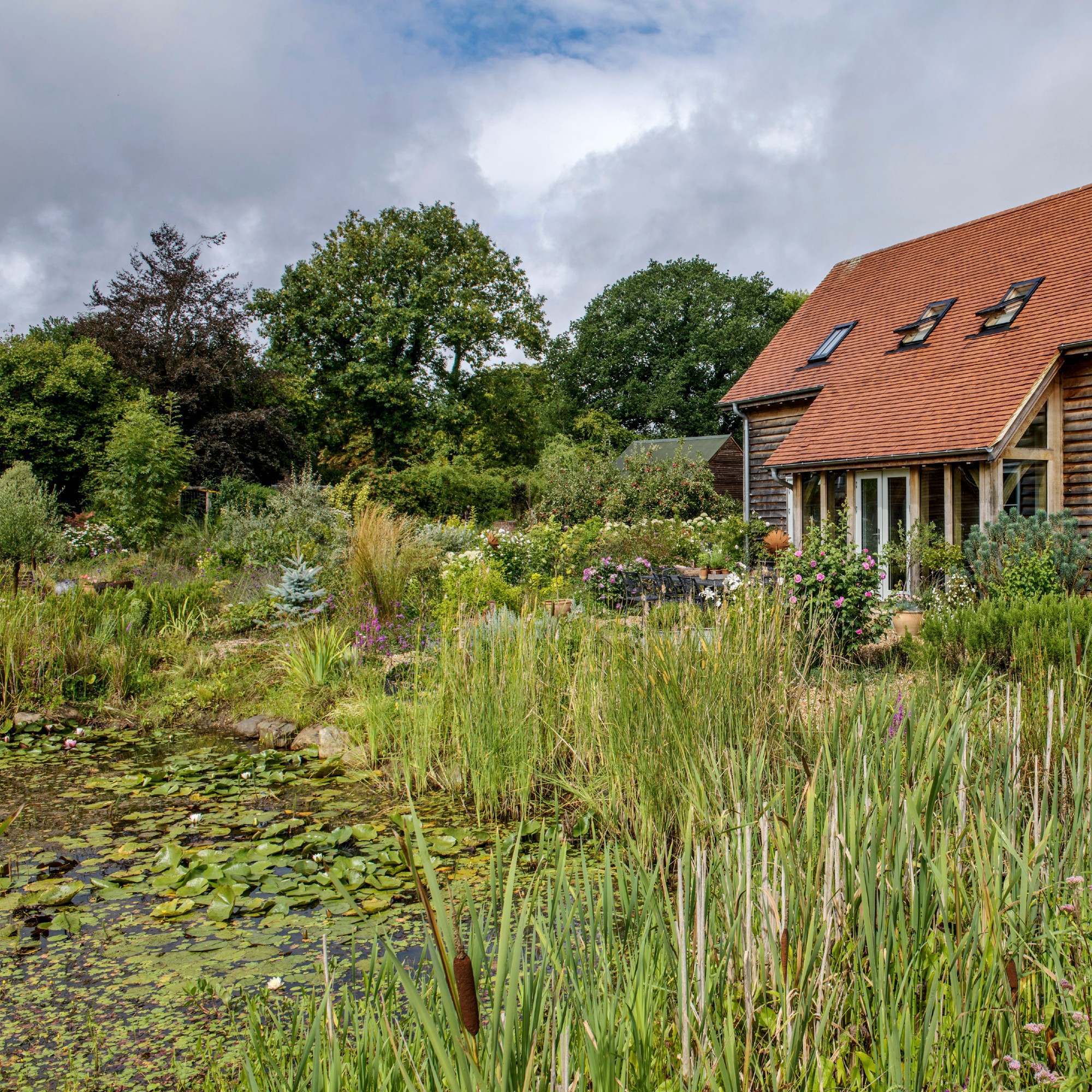
The good news is that algae does do a lot to help our pond and the wildlife it houses, and if you don't have too much on the surface then you might not even want to get rid of pond algae.
'Algae serves as a food source for a large amount of microorganisms and some insects, which in turn serve as food for other animals such as any fish you may have in your pond, as well as birds,' explains James Ewens from garden furniture pros Alexander Francis.
'It also provides shelter for creatures that might be living in your pond, so it’s something you’ll definitely want to have if you’re trying to create a wild pond or a biodiverse garden.'
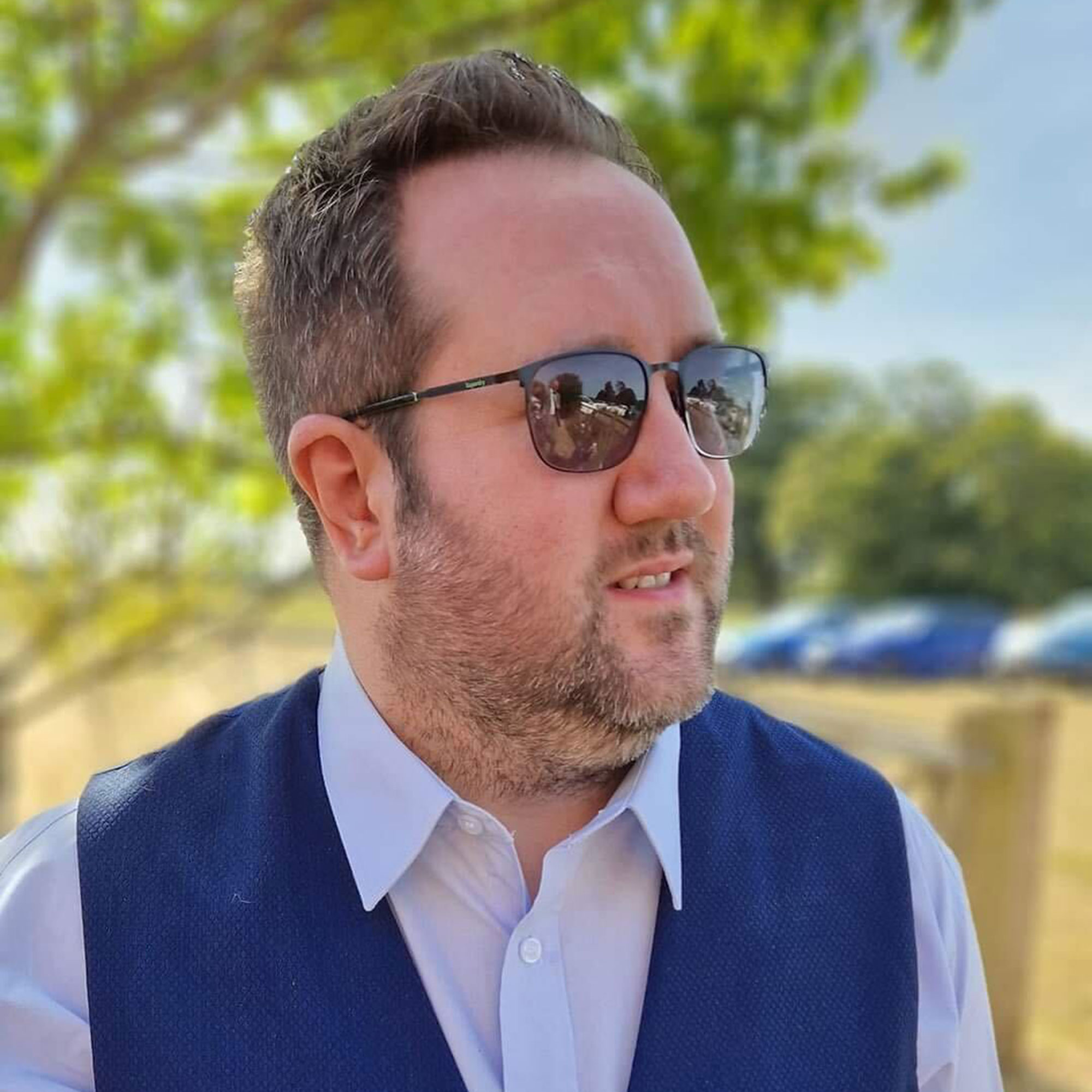
James Ewens is a garden furniture and accessories experts, and is a self-proclaimed garden enthusiast. James is passionate about all things nature, garden, and wildlife, and when he’s not tending to his own outdoor space he’s usually checking on his bird and hedgehog cameras.
The negatives of algae
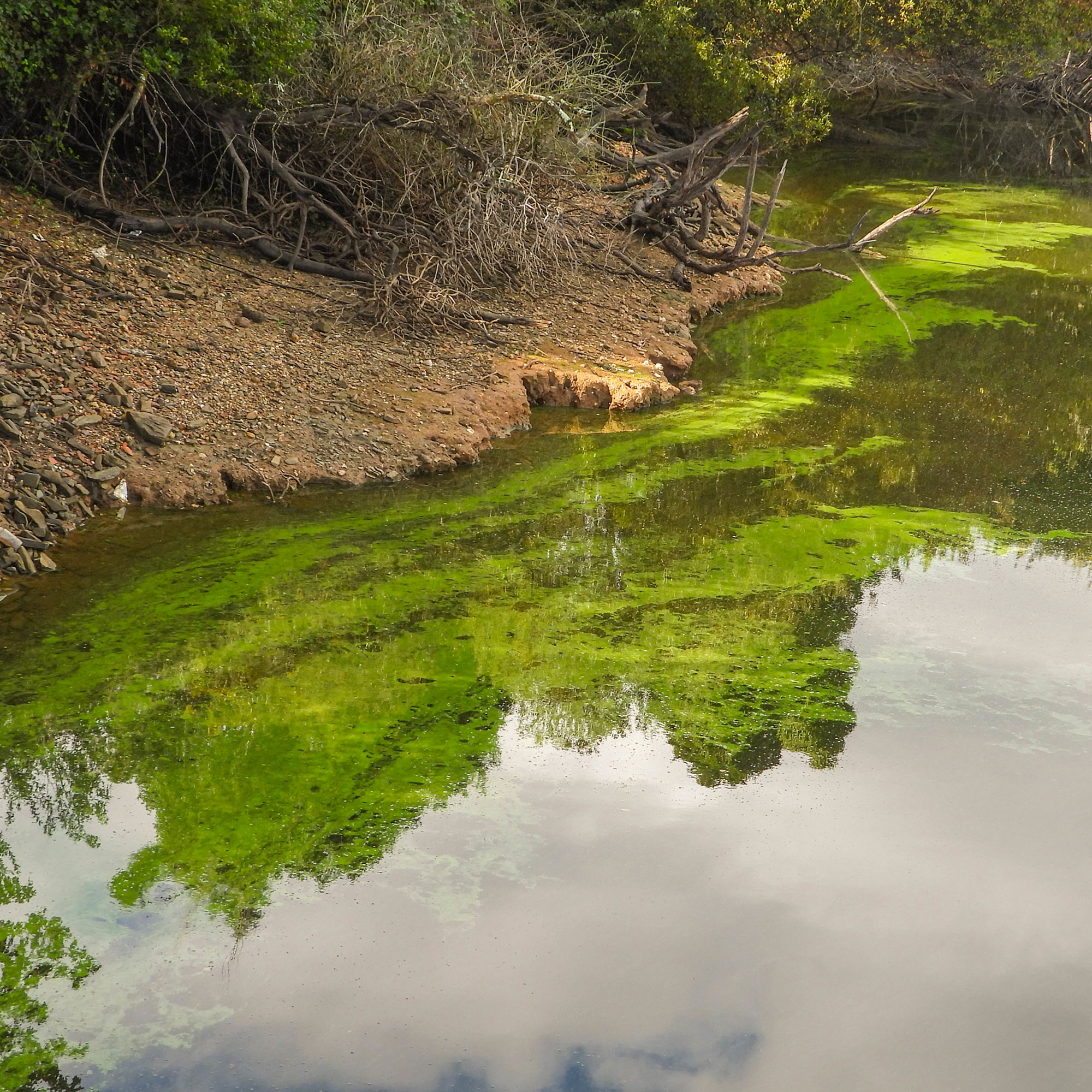
Of course, no good thing is completely free of problems. With algae this is the amount of it in your pond and crucially, what type of algae it is.
'If too much of it takes over your pond, it can block the sunlight from other plant life under the water - plants that are essential for maintaining the quality of your water and provide nutrients for the life within it,' warns James.
'Another essential component of the water for both plant life and critters is oxygen, something which algae can severely disrupt. While like most plants algae produces oxygen during the day, when the sun goes down they begin to absorb oxygen from the water. This can quickly cause the water to become oxygen deficient, which can be fatal for any plants or animals that also call the pond home.'
'It also can look unsightly, as it can grow into thick mats and make a pond look unattractive and unclean,' adds gardening expert Kevin.
As for the type? This depends if you're talking about blue-green algae or duckweed. 'It’s only blue-green algae that’s really a problem for ponds as this can be toxic to humans and animals.' explains gardening expert Fiona. 'This forms in clumps and often looks like swirls of bright green paint in the water.'
So if you have an abundance of the substance, or the toxic variety, planning how you're going to get rid of pond algae will help you sort things quickly.
Will algae go away on its own?
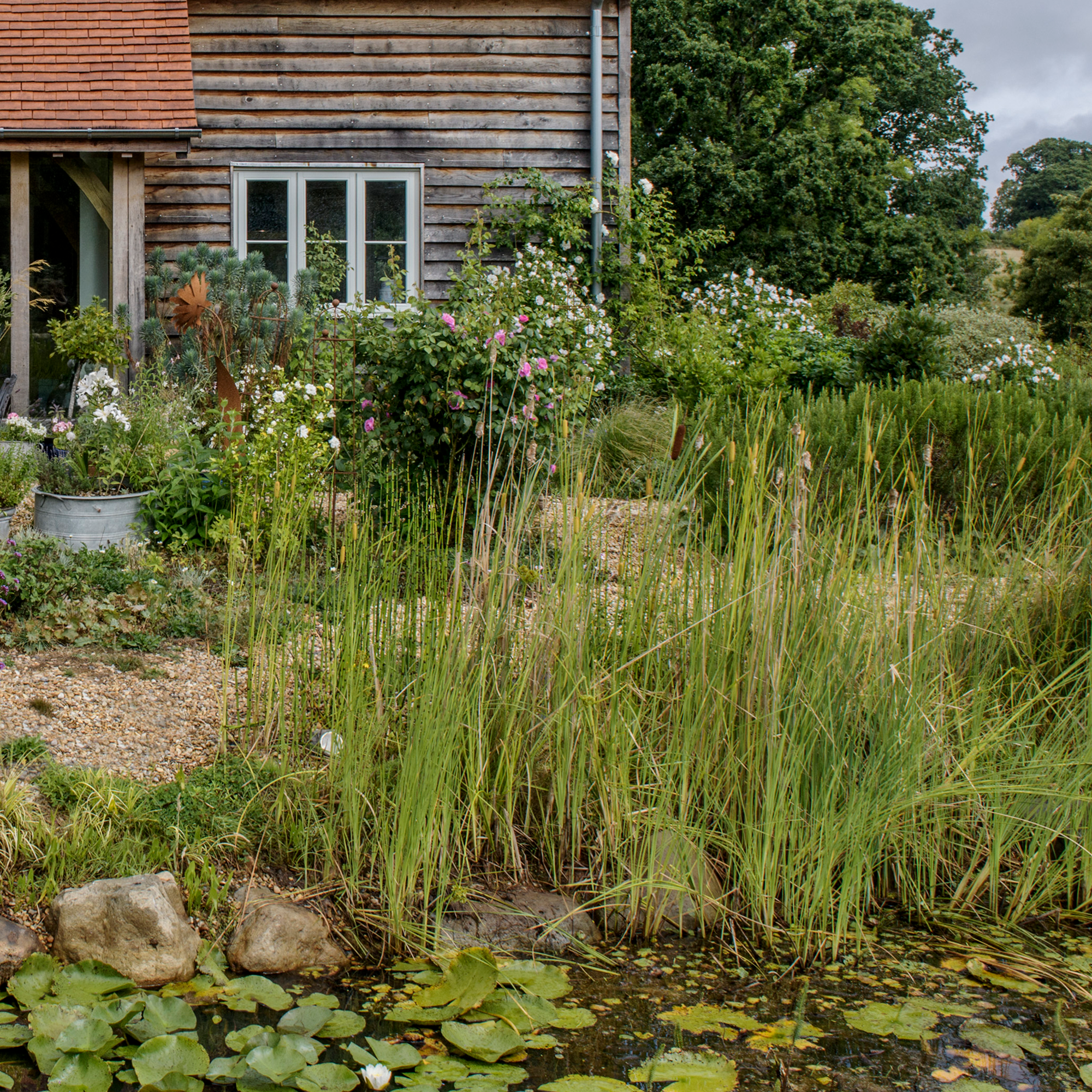
If you're hoping that a bit of denial will help to get rid of pond algae and that it'll simply disappear, well, you're not too far off. So long as you're talking small amounts and are aware that it's not a permanent solution.
'Algae does typically go away on its own, and often only makes a temporary appearance in the warmer months,' says Kevin.
'It will naturally retreat as the colder weather and darker days set in,' continues James. 'So while yes, algae will go away on its own, you’ll still need to do some extra work if you’ve got a lot of the stuff.'
So there we have it, while you may have to put in a bit of elbow grease to remove your existing algae, a few preventative measures should keep it in check next year. And, remember, always check what type your algae is before letting children, pets or other wildlife loose on it.

Thea Babington-Stitt is the Managing Editor for Ideal Home. Thea has been working across some of the UK’s leading interiors titles since 2016.
She started working on these magazines and websites after graduating from City University London with a Masters in Magazine Journalism. Before moving to Ideal Home, Thea was News and Features Editor at Homes & Gardens, LivingEtc and Country Homes & Interiors. In addition to her role at Ideal Home, Thea is studying for a diploma in interior design with The Interior Design Institute.
-
 Will a conservatory add value to your home and how can you maximise it?
Will a conservatory add value to your home and how can you maximise it?This is what the pros say
By Amy Reeves
-
 I’ve been looking for a new signature scent for my home and The White Company's new fragrance is the exact summer holiday smell I needed
I’ve been looking for a new signature scent for my home and The White Company's new fragrance is the exact summer holiday smell I neededSantorini smells fresh, summery and sophisticated
By Kezia Reynolds
-
 How to remove algae from garden walls in five steps – and the cleaning product experts rave about for tackling it fast
How to remove algae from garden walls in five steps – and the cleaning product experts rave about for tackling it fastExperts share their top tips for getting garden walls algae-free
By Katie Sims
